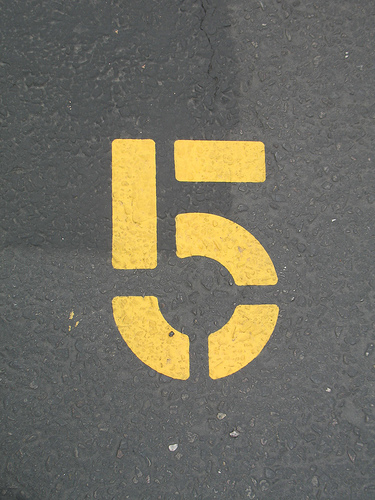Following my successful and very insightful 6-week free remote coaching experiment, I am delighted to introduce a new service that is primarily designed for passionate companies who are committed to getting incrementally better – whatever better means for them – and who have tired of the buzzword bingo that is costly and generally ineffectively applied.
Please show some love for my service: The Improvement Partnership.
The Improvement Partnership is about creating partnerships amongst willing participants within companies and teams and with me, with the single purpose of helping them build incrementally better versions of themselves.
In this partnership model, people participate because they care, have been invited open-heartedly and are respected vs they are made to do it by their managers or pressured by their peers and reviewed by how well they do (or don’t).
What Problems Does The Improvement Partnership Address?
- Many businesses are clambering to do agile, Scrum etc. Unfortunately their mission becomes doing the thing versus solving their fundamental problems. This is further compounded by overhyped training offering misleading certifications. They spend the money, but remain unhelped.
- Coercion and violence in organisations that seek to improve themselves. Traditional management structures promote mandated processes and imposed help.
- High cost of hiring consultants to do the work that is both most appropriately and most sustainably done by employees – who are usually the ones who are feeling the pain.
- The broad brush implementations of frameworks that are peddled, regardless of what the actual problems are.
- The lack of accessible, experienced, empathic and independent help to support improvement work in many companies.
- Current alternatives are hugely disruptive and create even more pressure in an already pressurised system of tight deadlines and tension.
How it Works
Organisation as a Product
My newly designed framing metaphor is to imagine the Organisation as a Product.
We now know a huge amount about building software and products well and I want to apply that learning back to human systems. The metaphor is a good one and has limits – as all metaphors do.
So I ask you:
If your company/team was a product, who would be its customers and users, what value does it generate for them? What are its current known ‘bugs’ and what are its capabilities/features.
What would its next and better version be like? What bugs would be fixed, what new/different value would it offer and what capabilities would it provide?
My Approach
I work with a 4 step approach to partnership – you can read more about it on the site, but briefly it is:
Make the Invitation – Version the Organisation, NOW and NEXT – Build towards NEXT – Review, Reflect and Adapt.
There is no magic to this, there is only passionate people working in partnership and overcoming anything , together. Maybe that is the magic.
Remote Partnering
Making the Invitation and Versioning the Organisation will be done face to face with clients and is achieved in the TIPStart workshop – a 2 day deep exploration onsite workshop that is held with everyone interested in participating.
It is here that the fundamentals of human collaboration will be established, where we set the shared purpose, explore shared values and create the strong relationships that will help down the line.
The TIPStart is the starting point for every client partnership and it where we emerge what work we need to build and assemble volunteer working groups to own the work.
Then we all go home and start collaborating remotely as partners, establishing optimal cadences to collaborate in working groups; and reviewing collectively as we work.
Fundamentally we work from the problems that people are experiencing and the capabilities they want to build. The solutions will emerge.
I help by bringing my passion , 20+ years of distilled learning, knowledge, experience and networks to help my partners find solutions that work for them. I help by facilitating, mentoring, coaching, pairing on research or code, training and anything else that offers value to my clients’ reaching the NEXT version. It may be agile or a something based on a combination of many different practices and techniques. It will almost never be the stock Scrum, Kanban or SAFe. (I say almost because of the theoretical possibility that it is never ‘never’!!).
Warning: What I Offer Is Not For Everyone
My aim in partnership is to help maximise Joy and Effectiveness for all participants and my client partners. My style supports that and is based on a fundamental belief in the equality of all humans regardless of rank or experience any other factor. Some individuals might not share that view. That is OK – I just won’t work with them.
There are many – I worked with 4 in my experiment – who will and I’m betting there are many more.
I Need Your Help
It would be hugely valuable to me if you would be willing to help me test my message on the site.
- How does the site flow?
- What do you understand the value to be?
- How do you feel when you explore the site?
- If you work in any of the roles in the ‘Who I Help’ section? How well does it resonate with you?
- What do you think I need to focus more/less/none on?
Please send feedback via email: me[at]mhsutton.me
Finally, I would love if you would consider sharing The Improvement Partnership.
I really am as good as they say and you could be helping someone you care about out by tweeting about it, sharing via email or blogging about it.



